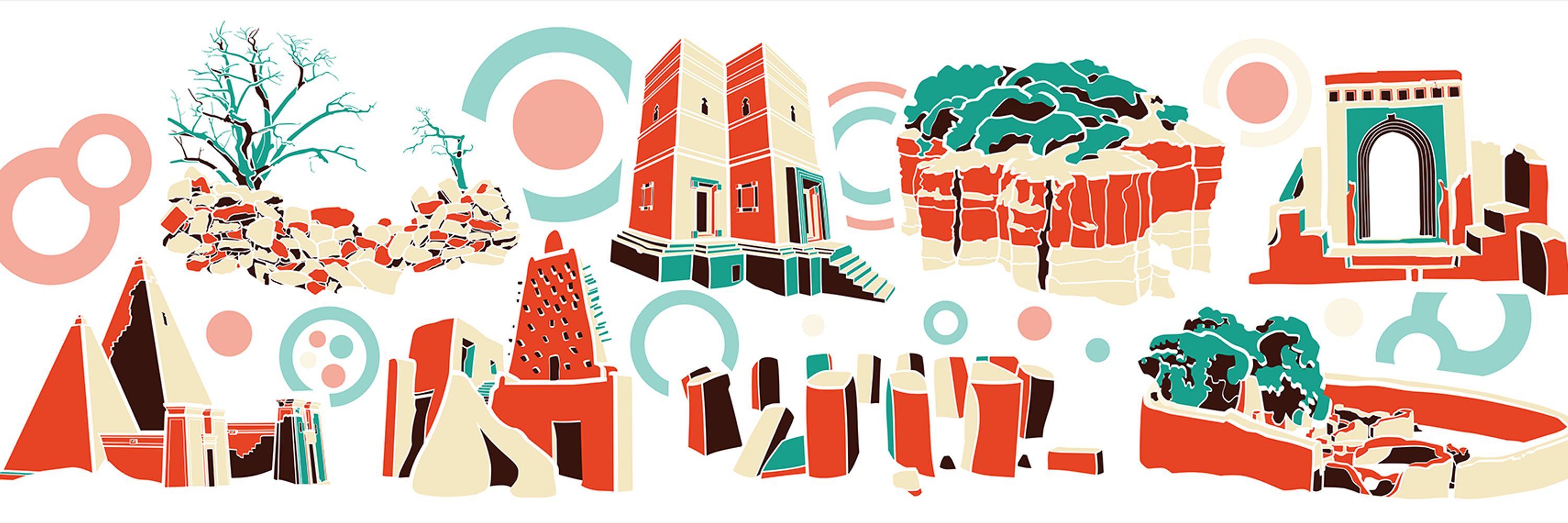MAEASaM
@maeasamproject.bsky.social
520 followers
2.6K following
150 posts
Mapping Africa's Endangered Archaeological Sites and Monuments project funded by Arcadia.
https://maeasam.org
Posts
Media
Videos
Starter Packs
MAEASaM
@maeasamproject.bsky.social
· Sep 8
MAEASaM
@maeasamproject.bsky.social
· Sep 3
MAEASaM
@maeasamproject.bsky.social
· Aug 25
MAEASaM
@maeasamproject.bsky.social
· Aug 22





















